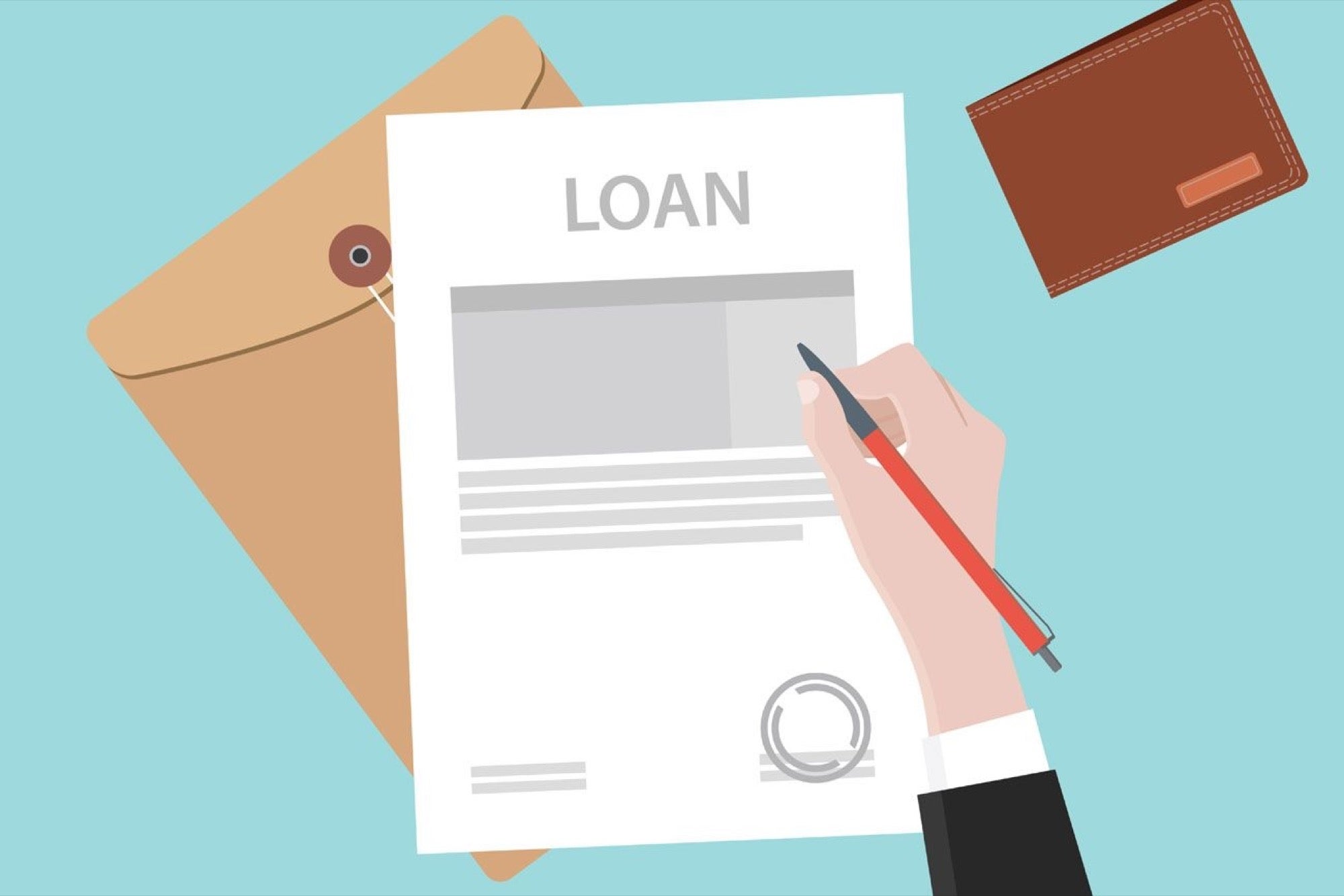Consumer Lending Companies Riding On Machine Learning Platforms To Manage Risks The traditional analytical techniques of assessing borrowers' profiles have become obsolete owing to increased complexities involved while dealing with tonnes of data.
Opinions expressed by Entrepreneur contributors are their own.
You're reading Entrepreneur India, an international franchise of Entrepreneur Media.

Managing credit risk is the topmost challenge and concern for any consumer lending company operating across the nation. The increased incidents of payment defaults, along with an alarming credit risk rate have prompted many of these firms to build risk mitigation models using machine learning (ML), so as to reduce the risk of default in a cost-effective manner, while taking smart, well-informed lending decisions in these complex times.
The traditional analytical techniques of assessing borrowers' profiles, which involved manual processing of socio-demographic data, have turned obsolete owing to increased complexities involved while dealing with tonnes of data. The powerful ML algorithms that enable deeper data analysis, help lenders derive intelligent insights about their existing and potential borrowers, thereby enhancing their predictive abilities that allow them to disburse loans to the right set of borrowers.
Increasing volumes of data
In today's world, humans generate massive amounts of data on a daily basis—online and offline, structured and unstructured, aggregated and non-aggregated. The data originating from smartphones, mobile wallets and social media activities have started to uncover interesting information about borrowers such as their spending habits, travel plans, work details, leisure activities, etc. Besides this, the data on one's credit history highlights instances of late payments, bankruptcies, etc. The insights and learning from all this extensive data can shed enormous light on an individual's willingness to repay, ability to pay, likelihood of default, etc. This data can also be scanned well to detect any kind of fraudulent activities or instances of money laundering.
Machine learning and how it works
ML can radically transform consumer lending operations by setting up strong toll-gates to ensure secure lending. By efficiently tapping into a consumer's credit history and other relevant data available through different platforms, technology can aid organizations in determining the exact level of risk associated with any particular borrower. The models built using ML can effectively predict high-risk customers which alerts the risk and collections teams, allowing them to take suitable action at an appropriate time. To add to this, these models can investigate and bring to fore suspicious activities at a customer level. Again, the advanced algorithms can quickly detect fraudulent patterns originating from various transactions with ease.
For the potential customer, ML helps in effective assessment of their profiles to accurately determine their creditworthiness and payment capabilities. By digging deep into the behaviour, spending patterns and credit history of these customers, lenders can conclusively determine credit eligibility of each borrower.
Improvements in ML models are now allowing lending firms to take effective and timely actions against defaulters; and drive awareness by educating borrowers. In many cases, the use of ML techniques has already yielded remarkable benefits in the form of decreased loan defaults and increased approval rates.
More power to consumer lending firms
With technology that diligently and quickly processes data to highlight key insights and hidden patterns gives lenders a superior edge. Needless to say, models built using ML are giving more power in the hands of the consumer lending firms that are constantly scouting for new ways to strengthen their fraud prevention and risk management practices. In the future, lenders who choose to adopt and build such models with full vigour will eventually be able to energize their operations, strengthen customer acquisition, deliver better experiences and control credit losses, thus emerging as super profitable businesses.











